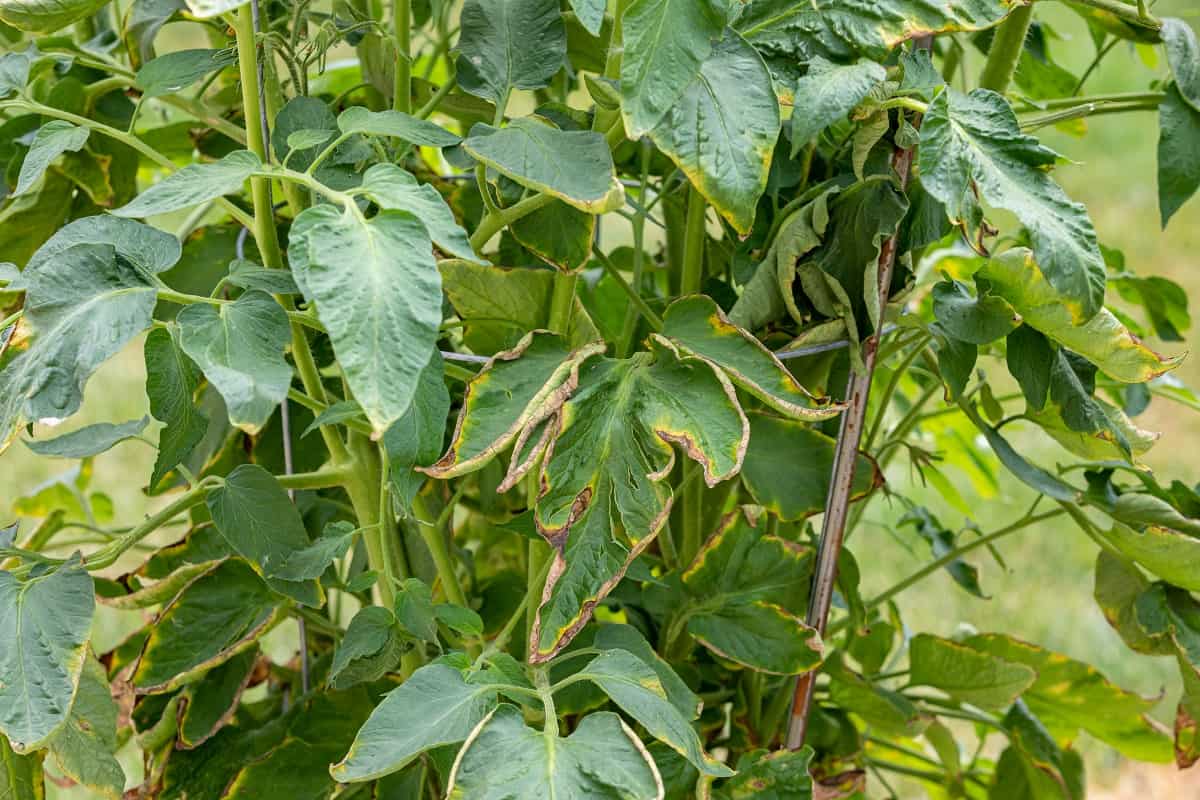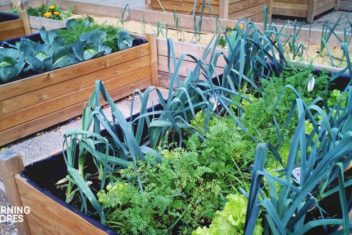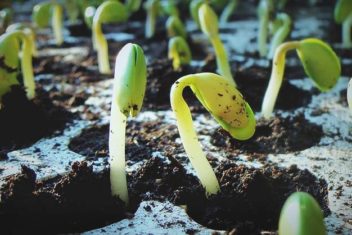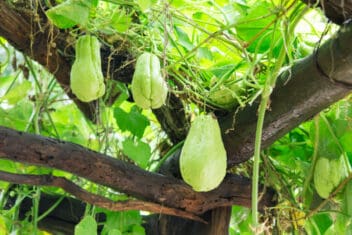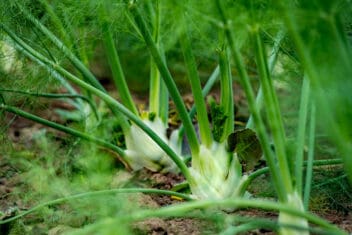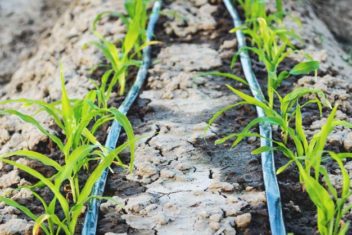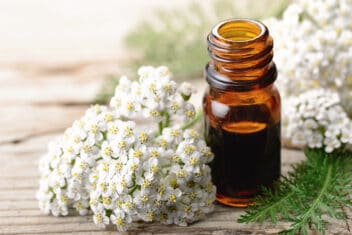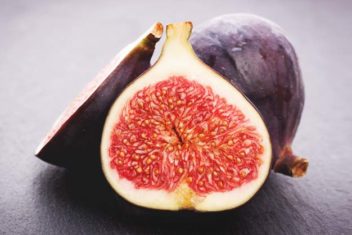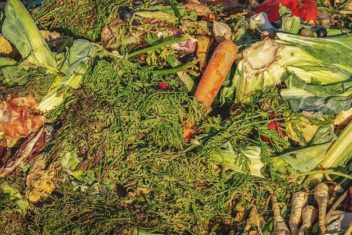It’s a hot summer day and your plants are looking…not so healthy. They’re wilting, they’re drooping – they might even be dry and crunchy.
It doesn’t take an expert gardener to recognize the signs of drought stress in plants. While over-watering can often kill plants just as quickly as under-watering, we don’t normally underwater our plants because we recognize how great their need for water truly is.
Unfortunately, there are sometimes situations in which it’s not possible to provide our plants with the water they need. When water resources are scarce, it’s easy for our plants to become stressed – therefore, knowing how to address drought stress as quickly as possible is essential.
Here are some tips to help you (and your plants) make it through the summer (mostly) unscathed.
How Much Water Do Most Plants Need?
In recent years especially, drought has been a major concern for both commercial and recreational growers around the country.
If drought tends to be a recurring or even occasional problem in your area, it’s important to recognize how much water the plants you are growing need. In some cases, if you live in a particularly dry area, growing drought-tolerant plants with minimal water needs is ideal.
The water requirements of plants vary greatly. You’ll need to consider the species and age of your plant, your soil type, its exposure, and much more.
For the most part, a plant needs around 1-inch of water per week. Again, this varies depending on the plant’s individual characteristics but it is a good general estimate to shoot for.
Remember that plants need more water when they are young as well as when they are growing in fast-draining, sandy soil. Consistency in your watering is key. Many plants, like tomatoes, become cracked and more susceptible to diseases like blossom end rot if the plants are left to dry, then watered excessively.
Get yourself on a good irrigation schedule. Using automatic sprinklers or even better, a drip irrigation system or soaker hoses, is a great idea. Allot for about 1-gallon of water per square foot of garden space each week. If it doesn’t rain, you’ll need to provide this water yourself. In extremely hot weather, even more might be necessary.
What Does Drought Stress Do to Plants?
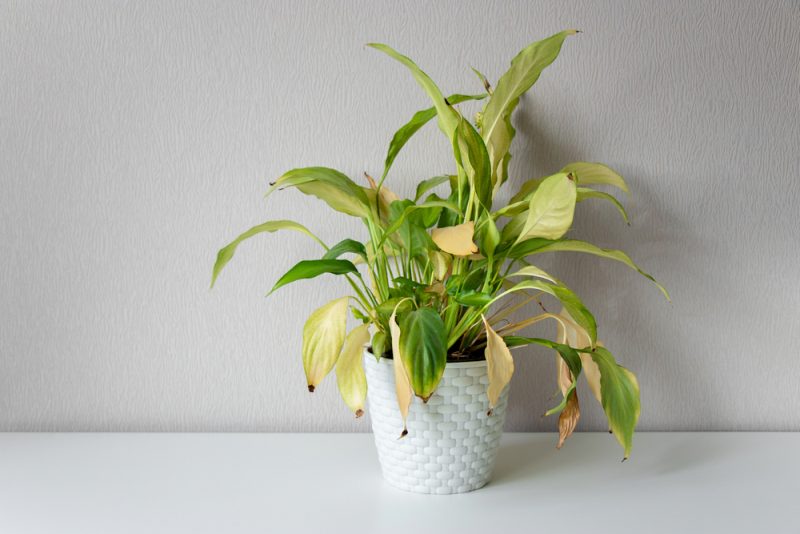
A drought-stressed plant will exhibit several telltale symptoms. Unfortunately, many of these symptoms are similar to those presented by over-watering. Therefore, it’s important to keep an eye on individual plants, as well as the weather forecast, to determine whether your plants are drought-stressed or suffering from some other problem.
Drought-stressed plants generally exhibit symptoms in their older leaves first. The symptoms move on to younger ones as the drought continues, with leaves turning yellow, drying up and becoming brown and brittle, and then falling off the plant.
On a tree or shrub, water-starved plants may also suffer from twig and branch dieback.
In some cases, there can even be root damage caused by drought. This, of course, often leads to the death of the plant.
As you might expect, the longer the drought is, the more damage there is that can be done to plants. Droughts that occur at the very beginning of the growing season are the most detrimental, as plants are young, actively growing, and preparing themselves for summer. They don’t yet have the resources necessary to withstand such stressors.
How to Help Plants That Were Drought Stressed

Here are some tips to help you get your thirsty plants back on the right track.
1. Water
Drought-stressed plants need to be treated differently than healthy plants. They need more water and nutrients because their roots are starving for both. The best option is to give the plant a deep watering, saturating the ground around it, then wait until the soil has dried before watering again.
Watering shallowly every day or two will only make things worse for your plant as they can’t take in enough of what you’re giving them fast enough so it just runs off into the dirt below without doing any good.
It’s very tempting to douse your dried-out plants with a lot of water, but this is ill-advised. Too much moisture all of a sudden will only stress your plant further, damaging the small, fragile roots that are trying hard to become established. Start by just moistening the soil, then water deeply during the growing season, doing so just once or twice a week.
This will give your plant time to rest, recover, and fully hydrate before it’s time to water again.
2. Prune
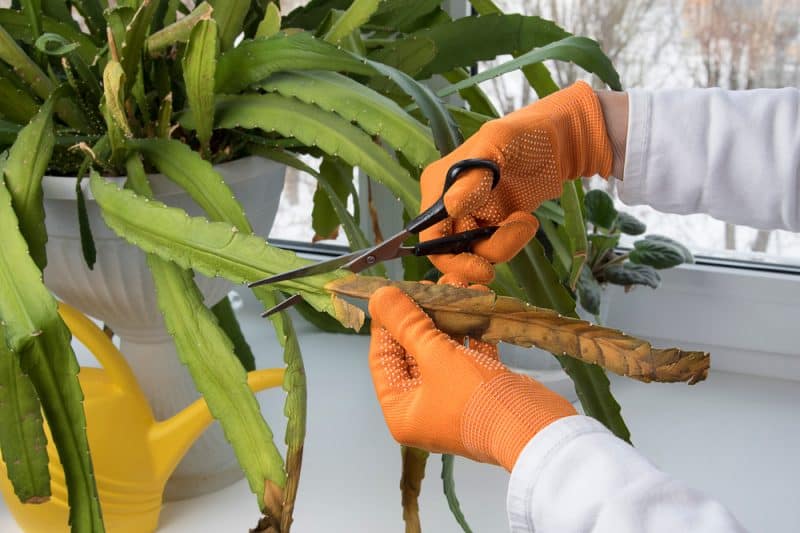
If your plants suffered serious dieback, your best bet may be to prune them heavily. This will deter your plant from wasting energy on growing those dying plant parts and instead allow it to redirect that energy to more productive growth.
A general rule of thumb is to prune the entire plant mass back by about one-third. This will reduce the overall footprint of the plant, thereby reducing its water needs.
When the dieback is extensive, you may need to cut a plant to about 6-inches from the ground. This technique works best with perennial shrubs and trees. If you’re lucky, the plant will begin to push out new, healthier growth at its base.
Another benefit of pruning is that it can reduce the likelihood of diseases and pests from targeting your drought-stressed plants. The less tissue there is for them to feed upon, the better.
Avoid pruning of any kind when temperatures are high. Removing even damaged foliage during hot weather can be detrimental since even injured, dying foliage does offer the rest of the plant some protection from the elements.
3. Fertilize
It is important that you feed drought-stressed plants very carefully, as adding fertilizer at the wrong time will only burn and further stress your plants. Fertilize lightly using an organic, slow-release product. Harsh chemicals that add a sudden flush of nutrients can cause extensive damage.
Too much fertilizer is far worse than too little – so when in doubt, refrain from fertilizing if your plants are suffering from any kind of drought stress.
Also, keep in mind that after you fertilize, you will need to provide your plants with additional water.
4. Weed
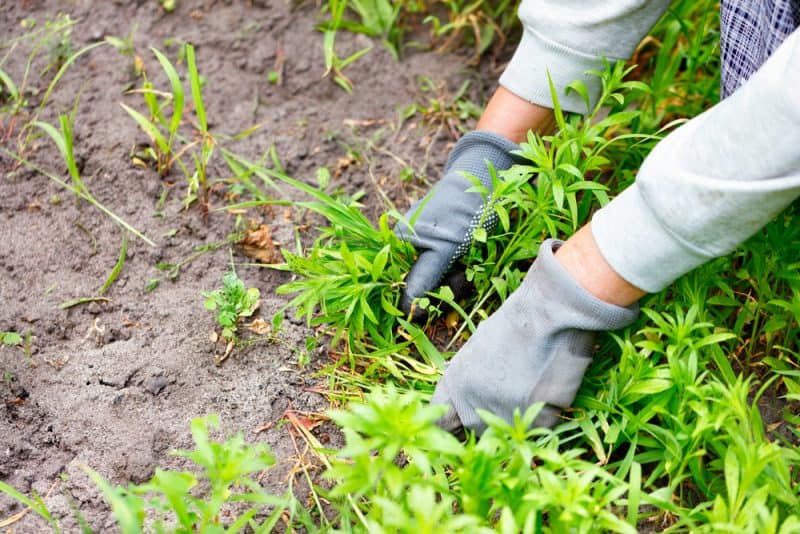
When it comes to a drought-stressed garden, weeds aren’t necessarily to blame – but they aren’t helping your problem, either. Weeds will compete with garden plants for nutrients and water.
Since weeds tend to be well-acclimated to the areas in which they are growing, they will almost always win out in the competition for resources.
Therefore, you must take steps to prevent and remove weeds throughout the entire growing season.
5. Mulch
After you have watered, weeded, pruned, and possibly fertilized your plants, it’s time to prevent them from becoming drought-stressed again.
Of course, getting yourself on a good irrigation schedule during dry periods is the best way to prevent drought stress. However, you can mitigate the impacts that hot, dry weather has on your plants by mulching around them. Mulch will help the soil retain moisture longer while also keeping down competition from weeds.
Use organic mulch like straw, hay, or light-colored wood chips. These will keep the soil cool and moist while also adding nutrients. You can apply mulch about 3-4-inches thick, but leave a few inches bare around the stem of your plant to prevent rot.
Even gradually adding organic matter, like compost, to the soil over time can help your plants better withstand drought-like conditions. It improves the structure of the soil, making it easier for it to hold moisture during dry spells.
Will Drought-Stressed Plants Recover?
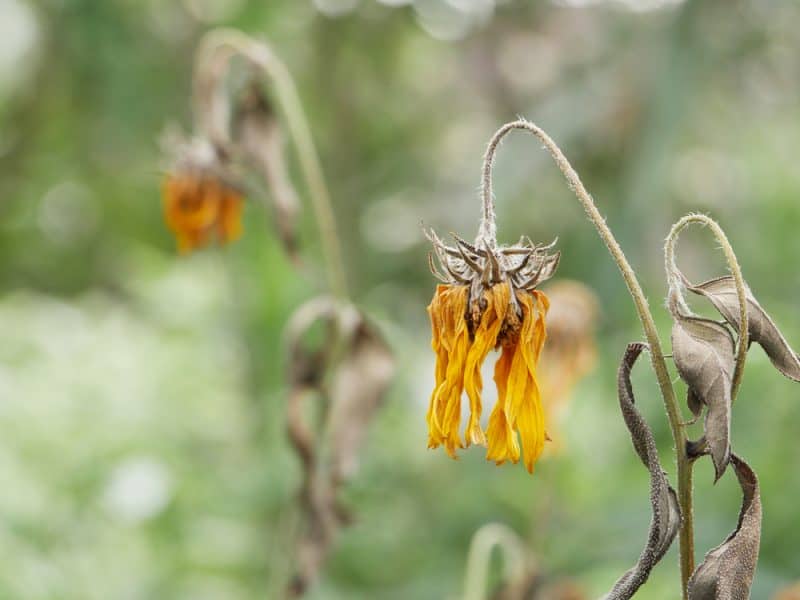
In many cases, you can revive and completely save dried-out plants. As long as they haven’t been left without water for too long or the roots haven’t been seriously harmed, you should be able to help your plants bounce back.
Generally, older, more established plants will be able to recover more easily than those that are younger. Actively growing plants that are early in the growing season may suffer more from little water.
Drought-stressed plants can usually recover from the impacts of too little water. However, the key in helping your plants bounce back is to make sure you’re staying on top of their water needs – and being consistent in your approach to irrigation.
Follow the tips above and get yourself on a schedule – you’ll find that your plants can flourish regardless of what Mother Nature throws your way!
